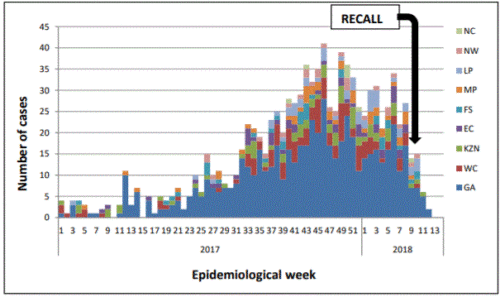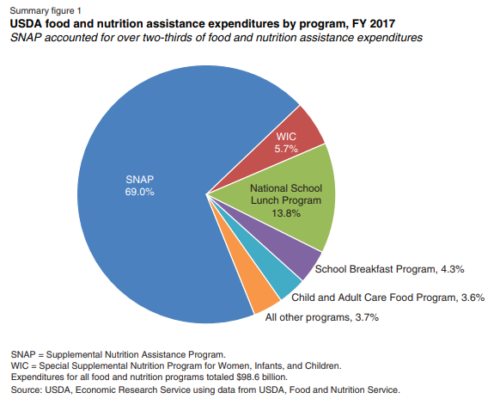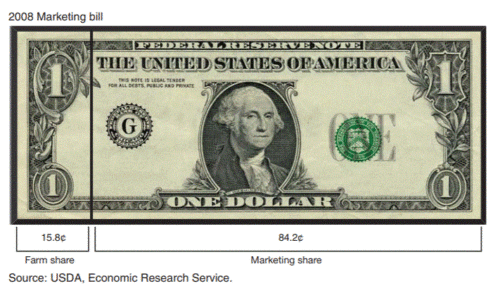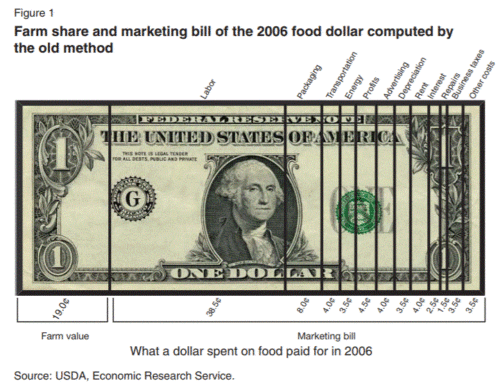FoodNavigator on Sugars and Sweeteners
Here is another collection of Food Navigator articles on special topics from a food-industry perspective.
Special Edition: Sugar reduction and sweeteners
Food and beverage manufacturers have a far wider range of sweetening options than ever before, from coconut sugar to allulose, monk fruit and new stevia blends. This special edition looks at the latest market developments, the changing political landscape, formulation challenges and consumer research.
- FlavorHealth seeks to commercialize novel natural high intensity sweetener with a more sugar-like taste than stevia: New Jersey-based FlavorHealth – best known for using high-throughput cell-based screening to identify natural compounds that enhance sweetness and saltiness and reduce bitterness – is aiming to commercialize a novel natural high-intensity sweetener with a flavor profile it claims is much closer to sugar than stevia… Read
- Cargill launches EverSweet fermented steviol glycosides: EverSweet – the hotly-anticipated ‘next-generation’ Reb D and Reb M sweetener from Cargill and Evolva produced via fermentation – is now available in commercial quantities, say the partners, who have also struck a deal to explore whether other high intensity sweeteners could be produced in the same way… Read
- Icon Foods CEO: ‘Out of all of the projects that are in the R&D queue right now, allulose is dominating’: Allulose is the sweetener generating the most buzz among food formulators right now, although many are waiting to see if the FDA exempts it from sugar labeling (it’s technically a sugar, but it’s not metabolized like one), before launching products featuring the ingredient, says Icon Foods CEO Thom King… Read
- Stevia outshines aspartame as high intensity sweetener of choice in global new product launches in 2017: Mintel data* shared by stevia supplier PureCircle shows the number of global new product launches containing stevia grew by 10% in 2017, with stevia utilized in 28% of new products containing high intensity sweeteners, slightly ahead of aspartame – which featured in 25% of launches… Read
- Does diet soda promote weight gain? Debate rages in the courts as Coca-Cola, PepsiCo, challenge ‘outlandish’ lawsuits: Coca-Cola and PepsiCo have urged courts to toss claims in a series of lawsuits* alleging consumers are being led to believe that diet sodas “will assist in weight loss or management,” when in fact the opposite may be true… Read
- Kill Cliff exec shares challenges in marketing specialty carbohydrates in age of sugar reduction: Atlanta-based Kill Cliff, a sports beverage brand focusing on clean label formulations, launched a new line of sports drinks called Endure, which features a slow-burning specialty carbohydrate, at the Natural Products Expo West show. However, the carbohydrate may be a double-edged sword….. Read
- ‘Entirely new’ approach to sensory testing is a gamechanger for taste evaluation, claims Opertech Bio. Opertech Bio has developed a novel approach to sensory testing utilising games and rewards, which it claims enables human testers to analyze hundreds of samples in a fraction of the time – and with a greater degree of accuracy – than is possible using traditional taste panel testing… Read
- Ongoing ‘war on sugar’ is not cause for ‘panic just yet,’ stakeholders say: Despite the escalating ‘war on sugar,’ including so-called sin taxes and manufacturers’ efforts to cut-back on the ingredient in some products, industry stakeholders remain confident sugar can hold its own against competing sweeteners and reduction efforts in the coming years… Read
- Mediterranean Umami may help savory applications reduce sugar and sodium: Salt of the Earth’s Mediterranean Umami may allow simultaneous sodium and sugar reduction in clean label foods like savory sauces… Read
- Yooga has ‘drastically less sugar’ than other plant-based yogurts, claims CEO: Multiple exhibitors at the Natural Products Expo West show were showcasing plant-based yogurts this year, but each with a slightly different slant, says Jody Polishchuk, who claims his product – Yooga – delivers on taste and nutrition, without as much sugar… Watch now
- New products from KIND Snacks offer reduced sugar for healthier alternatives to competing options: For KIND Snacks, rising consumer concern about sugar and upcoming changes to the Nutrition Facts panel that will more boldly highlight the nutrient represent an opportunity – rather than a threat – to set itself apart from the competition with new products that have reduced sugar but not reduced taste… Watch now
- Sugar taxes: The global picture in 2017: Sugar taxes have continued to gain momentum in 2017, but the introduction of new legislation is rarely straight-forward. We take a look at countries around the globe where sugar taxes have been making headlines this year… Read
- Pyure Brands: Amazon can be an ‘insanely disruptive’ platform for challenger brands: Amazon can be an “insanely disruptive” platform for challenger brands willing to put in the time and effort to understand how to maximize their prospects on the site, says Pyure Brands, which is giving far larger rivals a run for their money in the stevia-based sweeteners market… Read
- HEYLO! There’s a new sugar replacer in town… and this one’s a game-changer, says ex-PepsiCo exec: The term ‘game-changer’ is bandied around with wearying regularity by food start-ups, but HEYLO – a patented combination of acacia fiber and stevia promising to blow rivals out of the water in the sugar replacement stakes – may actually warrant this moniker, argues the firm behind the new clean label ingredient… Read
- Where next for natural sweeteners? In conversation with Layn USA: Monk fruit is still more expensive than stevia, but significant progress is being made on tackling the pricing and regulatory issues that have historically held the market back, says Layn Corp, a leading supplier of monk fruit and stevia based natural sweeteners… Read







